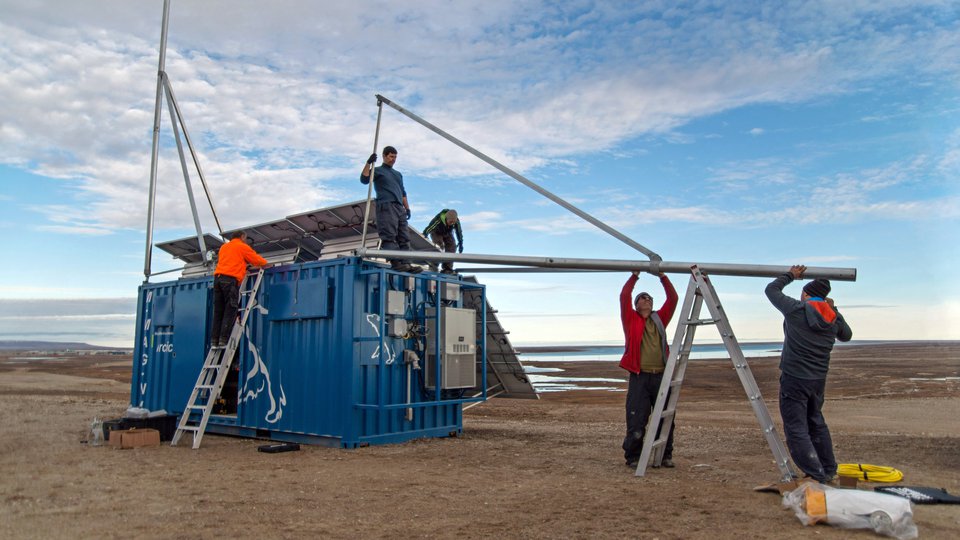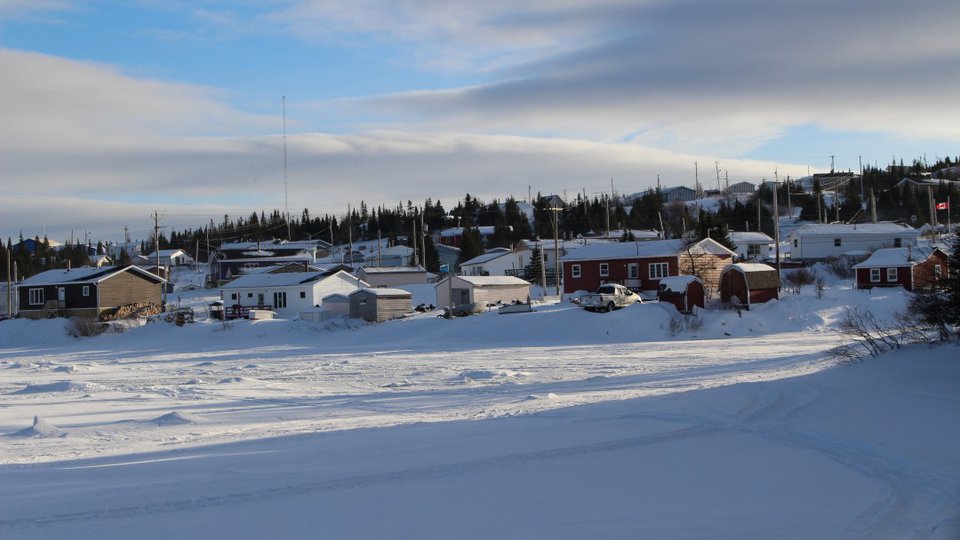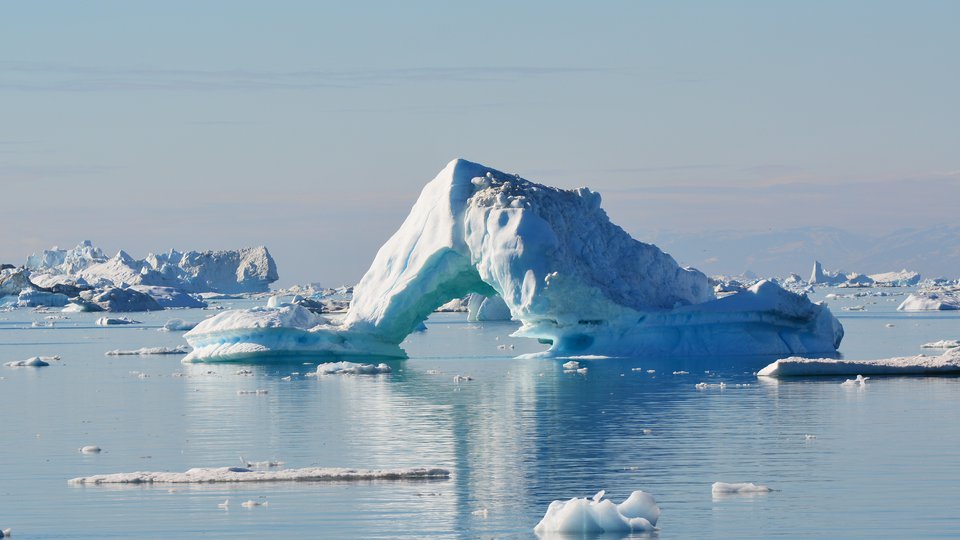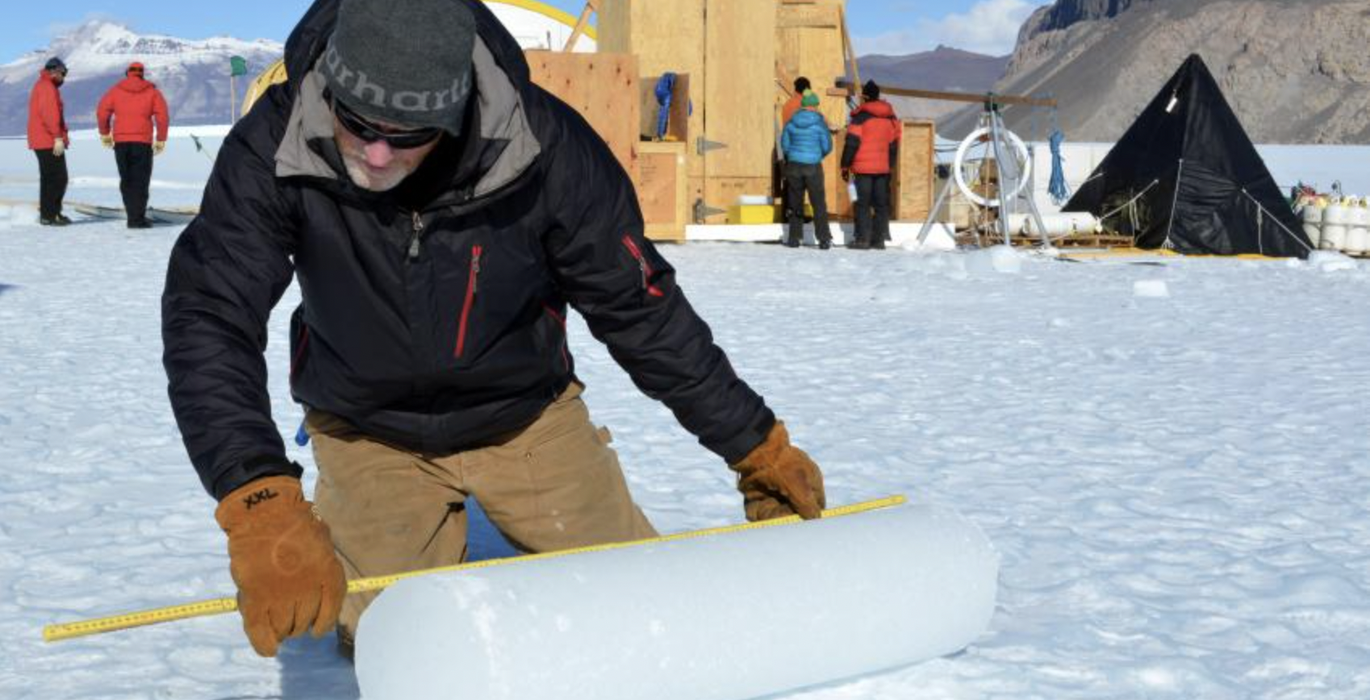
Rows and rows of cylindrical silver tubes sit on shelves in a building in Lakewood, Colorado, in a room that remains -36 °C. Each tube holds meter-long pieces of ancient ice, carefully stored to preserve the frozen water that holds clues about the past. The U.S. National Science Foundation Ice Core Facility (NSF-ICF) is a repository for ice cores that scientists have extracted from Antarctica, Greenland, and glaciers around the globe.
Around 15 miles of ice cores are stored at NSF-ICF, and these miles of ice contain information about the world thousands, tens of thousands, or even hundreds of thousands of years ago, including the composition of the ancient atmosphere and temperature records. They even serve as a catalog of volcanic eruptions through the ash residue left behind.
As snow accumulates on a glacier over years, decades, centuries, and millennia, it locks in information about each time period by collecting bubbles of air which are trapped in the ice. As precipitation falls, it collects particulates and dissolved chemicals, which are then preserved in glacial layers, along with things like ash deposits from volcanic eruptions. These ice layers share stories of the past, much like how rings on a tree convey information to scientists about past fires and weather patterns.
Richard Nunn has worked at NSF-ICF since 2010, and he is the assistant curator. He oversees the massive collection of ice cores from around the world.
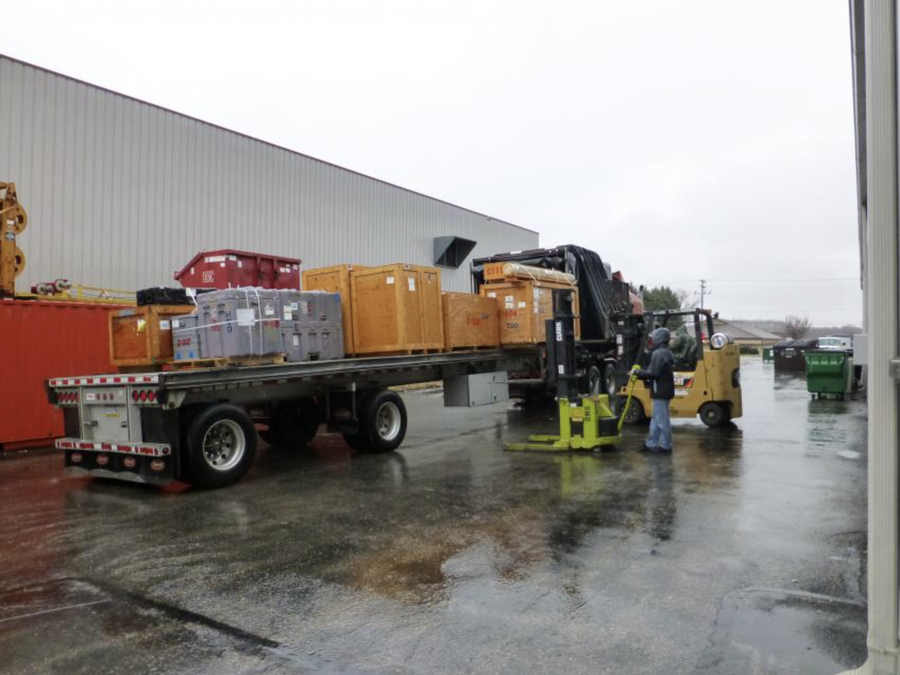
IDP engineers Josh Jetson (left) and Jay Johnson unload a flatbed truck full of drilling equipment. Five flatbed trucks were necessary to return all of the equipment from the 2016-2017 Antarctic summer field season to Madison, Wisconsin. Credit: Anna Clausen
“The main reason that they're so important or so valuable to us is that they're the best record of our Earth’s climate for the time period that they cover, which in some cases goes back about 850,000 years,” Nunn says. “They have a plethora of information and data about how Earth's climate works and how it's changed over time, specifically being able to recreate global temperatures.”
He points out that in contrast to some other sources of climate data, such as sediment cores and permafrost, ice cores provide even more information.
“They're the only source that we can go to on the planet to get an exact direct measurement of what the atmosphere was comprised of during the time period that they cover because of those air bubbles that are trapped in them,” Nunn says. “When we look at other sources for climate data, like sediment cores and permafrost and things like that, we refer to those things as proxy data [since] it's several steps removed… But because of the nature of ice cores, we're actually getting direct measurements of what CO2 levels were thousands and thousands of years ago.”
The ICF works with the U.S. Ice Drilling Program and many collaborators to obtain ice cores from fieldwork around the world, carefully storing and cataloging the materials so that scientists can analyze them. It serves as a vital long-term repository so that present and future scientists can access and utilize these samples for their studies. Around 65 per cent of the collection is from Antarctica, with much of the additional inventory from Greenland, as well as cores from glaciers in Alaska, Wyoming, and beyond.
“All of the information that we get from ice cores really shows the reality of climate change, and specifically what humans are doing to accelerate warming."
“People are usually shocked when they hear how old they are,” Nunn says. “Our general interaction with ice in our everyday life is that it's not a permanent thing. It's fairly ephemeral and melts and goes away on a regular basis. So the concept of ice sitting unmelted for hundreds of thousands of years is really mind blowing to people sometimes.”
The Lakewood facility contains ice cores, but it does not store sea ice, sediment, or permafrost. It was established in 1993, and originally called the National Ice Core Laboratory. A few other ice core facilities around the world also store ice core samples, including The Ohio State University’s Byrd Polar and Climate Research Center and the University of Copenhagen.
A very early U.S. ice drilling project took place during the Cold War, and it was actually a covert military operation. Project Ice Worm—which was declassified in the 1990s—was an effort to create a massive network of tunnels under the ice in northwest Greenland for use as a nuclear missile base. The cover for this was a scientific project called Camp Century. However, the military didn’t anticipate the rate of ice flow in the area, and realized their tunnels would soon collapse, so they abandoned the project.
Since those early years, scientists have conducted numerous ice core drilling projects in Antarctica, Greenland, and beyond. When samples are extracted, careful handling and storage is crucial for these ice cores, which are incredibly difficult to obtain and require a significant investment of time, effort, money, and resources. Ice cores are extracted from some of the most remote and logistically complex terrestrial areas to reach on the planet, with a very limited window for field work.
After scientists painstakingly extract an ice core from a place like the Greenland Ice Sheet or Antarctica, they must safely transport it to a storage facility like NSF-ICF. While the transport process can vary quite a bit based on the project size, scope, and location, one example of a transport process could be if a core was extracted from a field site in Antarctica, it might be loaded up in insulated shipping containers before being loaded on a US Air National Guard LC-130. These massive planes are equipped with skis, and they can fly the samples to McMurdo Station.
By running a “cold deck flight” with the heat off, this helps the samples stay cold enough. If the cores rise above -15 °C, air bubbles can start to move out of the ice, removing valuable data from the sample, so they work to keep the samples below -20 °C at all times. The ice cores could then be stored at McMurdo in special containers until the end of the field season, when they are then loaded on container ships for a month-and-a-half sea journey to California.
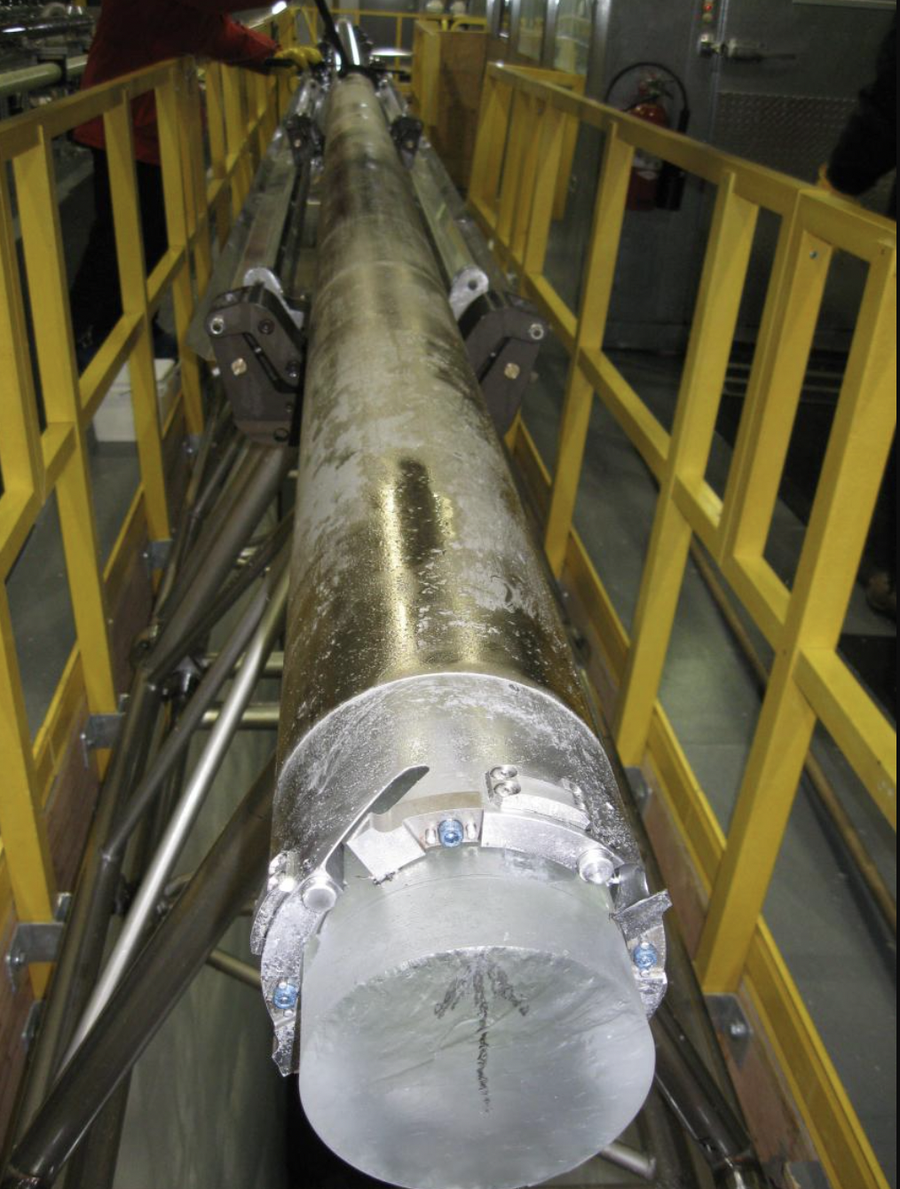
A run of core with a bottom break sticking out of the DISC Drill. Credit: Peter Neff
Onboard, the giant freezers they are in are connected to a power source, with a technician monitoring them all the way. Once the ship reaches port, the containers can be loaded onto a flatbed truck with generators to keep them cold on the drive to Colorado.
Around 600 to 700 meters of ice can arrive from a large project in a single field season, and each sample is carefully received, inventoried, processed, and archived. When it comes time to process it, workers form a “core processing line” with each person taking a station and making precise maneuvers. While the 55,000-cubic-foot main archive freezer that is used to store ice cores remains at -36 °C, much of the work at the NSF-ICF takes place in the examination room, which is slightly warmer at -24 °C.
After making careful measurements, the NSF-ICF team members use tools like horizontal and vertical bandsaws to carefully slice the ice. Precise portions are designated for different types of testing, such as analyzing physical properties, isotopes, chemistry, or gases.
Around a dozen people can be in the assembly line, working together to process up to 40 meters of ice in a day. Since the exam room hovers around -24 °C, staff take frequent breaks to warm up. Carefully labeling and logging each sample is vital, and once samples are ready to go, they are carefully packaged to ship out to universities and laboratories for analysis, with cooling devices and temperature loggers to keep the ice at -20 °C during shipment.
These samples can provide information about atmospheric composition at different points in time. Gas bubbles can provide information about the atmospheric composition, including greenhouse gases like methane and carbon dioxide, and this information can be used to learn more about past global temperatures.
To sample methane, researchers melt the ice in a special chamber, pumping out the gases that are released and running them through a mass spectrometer to calculate the concentration of methane. Since carbon dioxide dissolves in liquid water, they can’t melt the ice to extract it. Instead, the ice is crushed or ground up in a dry extraction process before calculating its concentration.
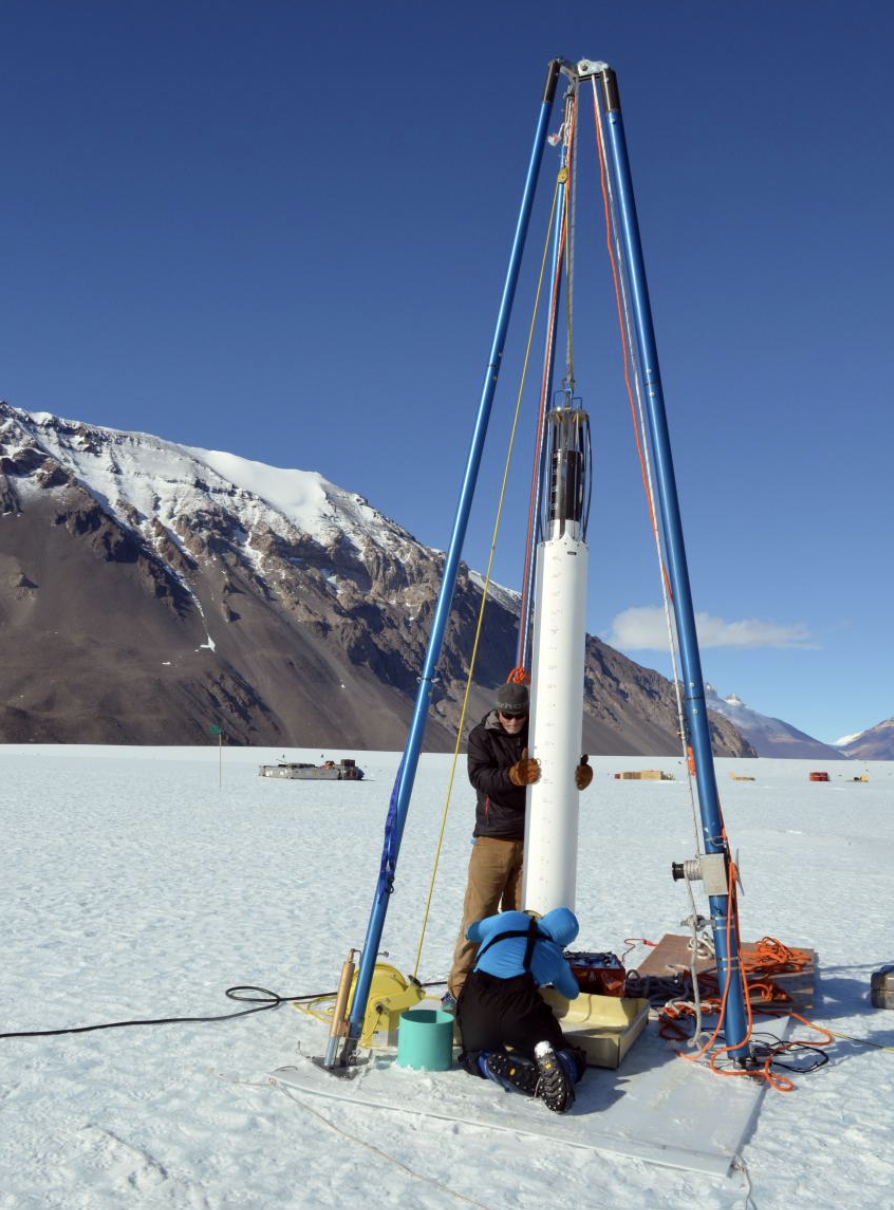
Scientist Michael Dyonisius, foreground, assists IDP driller Mike Jayred with drilling an ice core on Taylor Glacier, Antarctica, during the 2013/14 field season. Credit: Peter Rejcek
Different times of year can create more or less atmospheric dust in areas like Greenland, and researchers test the ice for electrical conductivity. By running currents over it to see how well the electricity flows, they can learn about dust concentrations. Volcanic ash can also be detected by conductivity, with chemical analysis providing more information, including the source of the eruption in many cases.
When analyzing the ice, the NSF-ICF staff makes sure to leave a significant portion of each sample as an archive for future researchers. When technology becomes more advanced, they may be able to learn even more from these samples of ancient ice.
Working with ice cores is challenging. With the main storage facility at -36 °C and the main work room at -24 °C, workers must bundle up and take frequent breaks. The cold can take a toll not just on humans, but also on the equipment—even the computer is kept in an insulated box to protect it from the cold.
The extreme temperature changes—and the repeated shift back and forth between a very cold dry environment to a warmer one with more humidity—can cause challenges for humans and equipment alike.
“Having extreme temperature changes in very, very short periods of time is hard on the body and hard on equipment so you have to be very cognizant of that,” Nunn says.
Over the decades, ice can also degrade. The samples are sealed in plastic bags in the tubes to guard against sublimation, which is the process of dry air pulling water molecules off the ice—the same principle that makes ice cubes stored in a freezer for too long disappear. Even when carefully stored, after many decades in storage, samples may not provide as much information as fresh samples would for things like gas analysis. Another factor that makes working with ice cores challenging is the physical fragility of the cores. These cylinders of ice can be fragile, making the irreplaceable ice cores even more of a challenge to work with.
“The ice itself can be challenging to work with,” Nunn says. “In a perfect world, every ice core would come up and it'd be this nice intact cylinder of ice that we can measure and then slice into its pieces. But it's ice. It breaks, and so dealing with broken ice or brittle ice and still being able to get proper samples out of it so the science can be done and not compromised is one of the bigger challenges to the job. But we have been doing it for a very long time and we've learned a lot from past mistakes… Probably the most important part about what we do in the ice core facility is making sure that the integrity of the ice and the samples is maintained so that the science that’s being done is correct.”
While working with ancient ice can be challenging at times, the knowledge gained makes it incredibly rewarding. It also helps people learn more about the past, which is vital to prepare for the future in a warming world.
“All of the information that we get from ice cores really shows the reality of climate change, and specifically what humans are doing to accelerate warming,” Nunn says. “When you understand the actual science behind it, it's pretty irrefutable this is what's happening… The evidence is in the ice cores.”
